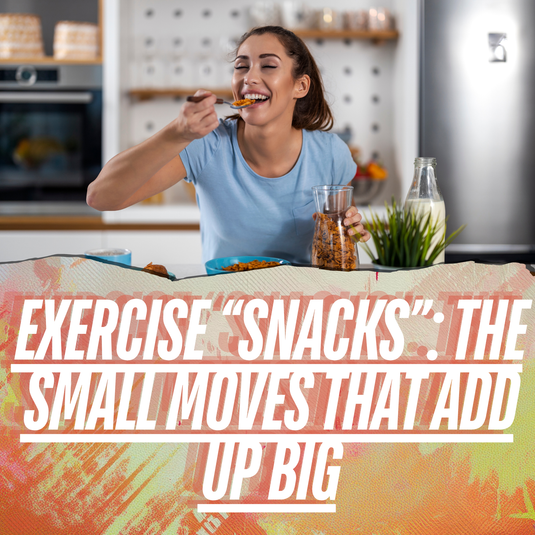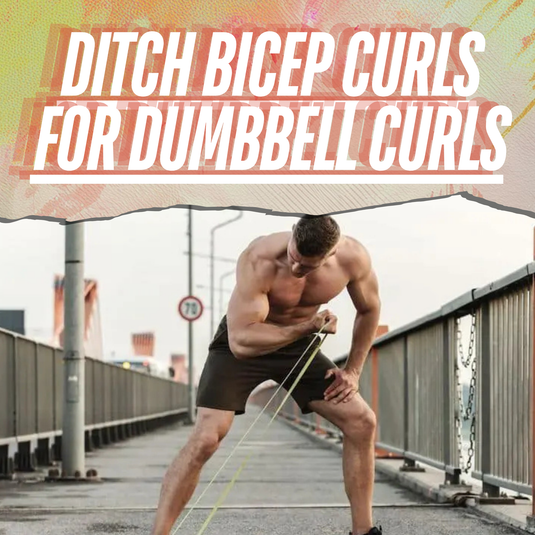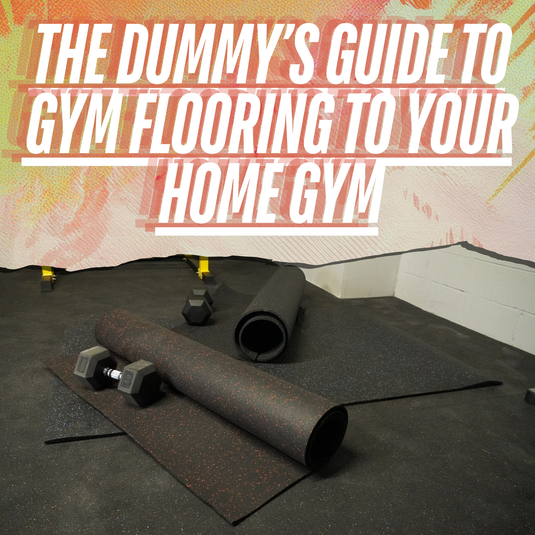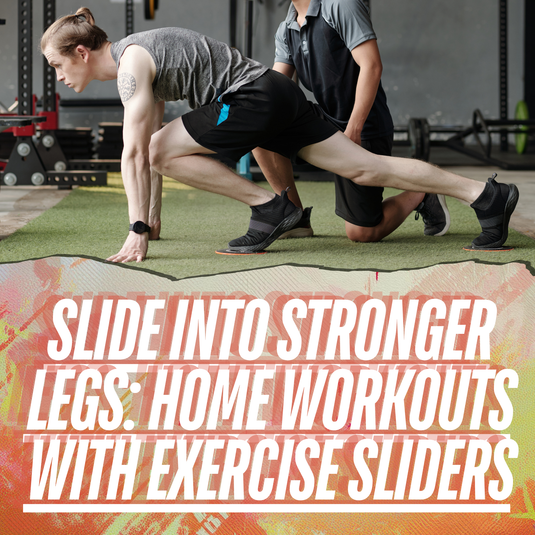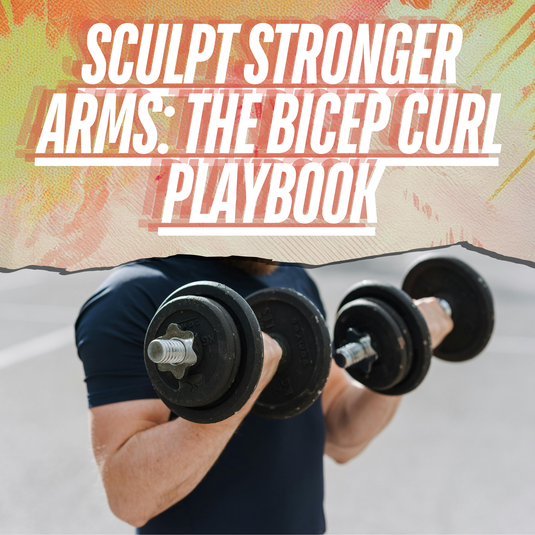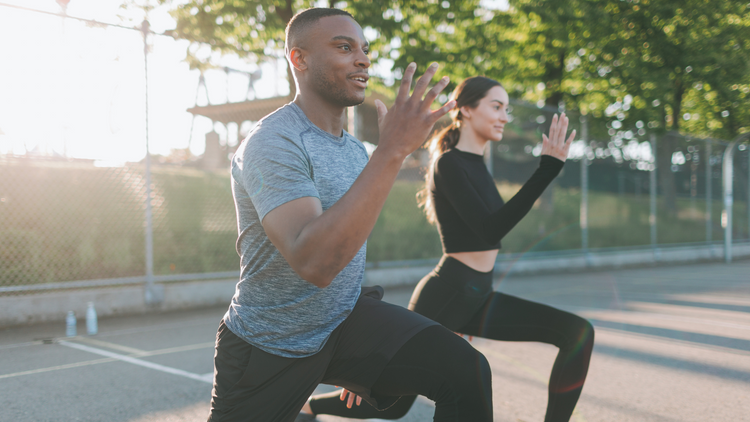Guide to Buying Slam Balls: Top Tips
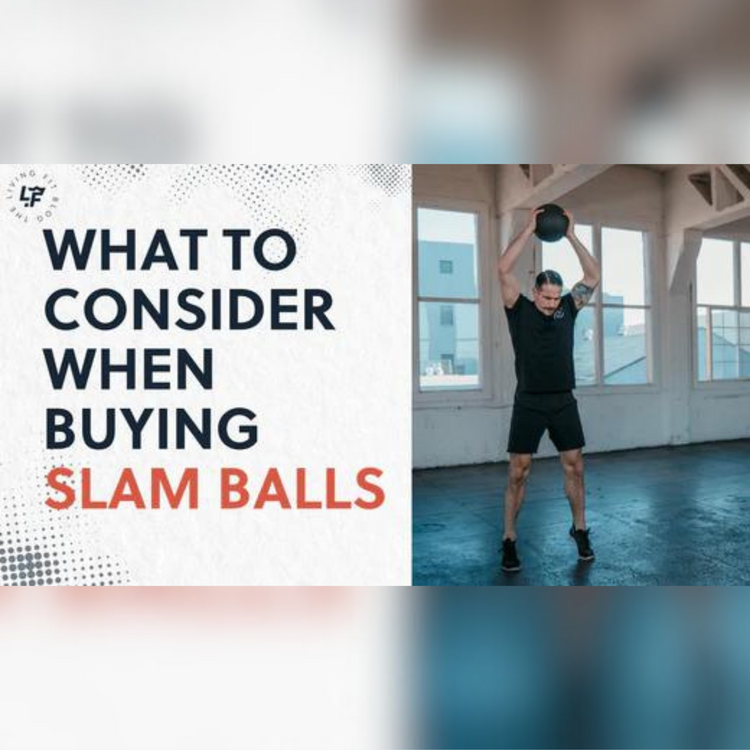
⏱️ Estimated Read Time: 6 minutes
🧠 TL;DR
- Guide to Buying Slam Balls: Top Tips offers effective, accessible movements for targeted results.
- This guide is designed to help you move smarter, build strength, and stay consistent.
✍️ Summary
This post explores guide to buying slam balls: top tips in a way that’s actionable and easy to follow. Whether you're new to this style of training or leveling up, it includes practical takeaways for your routine.
📚 Table of Contents
The most used equipment in my home gym is battling ropes, kettlebells, and slam balls. Combining these three pieces of equipment is a workout like no other. The focus is on slam balls for this article. You can click on the links for more information on battling ropes and kettlebells. I will say this; there is a lot of conflicting information on slam balls and what you can do with them. Some sites interchangeably use slam balls, traditional medicine balls, and wall balls when describing them and exercises performed with them. Slam balls are designed to be slammed. Wall balls have bounce and are designed to be thrown at a wall. Depending on the material's durability, some wall balls can be used as slam balls. Traditional medicine balls are not designed to be slammed. They will bust.
What Are Slam Balls?
A slam ball is a category of a medicine ball. They have a thick rubber shell filled with sand or a gel substance, and their surface varies between a smooth and a rough grip. They are designed to be handled roughly, so you can slam them with all your strength and not worry about busting them open. They have little or no bounce. Hence, the term "slam ball." So, if you are doing exercises that require the ball to bounce, a slam ball will not work. If you are doing exercises such as ball slams, a traditional medicine ball will not work. Medicine balls are a great asset to any gym, and having a variety of balls such as slam, traditional, and wall will offer a great selection of exercises to add to your routine. Slam balls come in a range of weights starting at two to a hundred plus pounds.
History of Medicine Balls
The history of medicine balls began over 3000 years ago. They are first depicted in ancient drawings of wrestlers in Persia using bladders filled with sand to train. Many civilizations used weighted balls, like Greece and Rome, where fitness training was a priority for gladiators, soldiers, and athletes.
The term "medicine ball" was first used in 1876. R.J. Roberts first used medicine balls in the Boston YMCA gym, and they have been fixtures in gyms ever since. (Heffernan, 2020) Medicine balls are popular more now than ever because of scientific evidence of their health benefits and the popularity of functional training. Functional training is performing exercises used in daily life, such as overhead presses, squats, and push-ups. Slam balls, wall balls, and traditional medicine balls all evolved from a creation thousands of years ago. They have withstood the test of time.
Choosing the Right Weight for Your Slam Ball
Selecting the appropriate weight slam ball is crucial for maximizing your workout effectiveness and minimizing the risk of injury. As a general rule of thumb, beginners should start with lighter-weight slam balls and gradually progress to heavier ones as they build strength and proficiency. When choosing the weight, consider your current fitness level, workout goals, and the specific exercises you plan to perform. It's essential to find a weight that challenges you without compromising proper form or safety.
The size of your slam ball is another critical factor to consider. Opt for a ball that allows you to maintain proper form and control during exercises. A ball that's too large may strain your joints, while one that's too small may limit your range of motion. Choose a size that feels comfortable and allows you to perform exercises with optimal technique.
Tips for Choosing the Right Weight
When selecting the right weight slam ball, consider your current fitness level, exercise proficiency, and workout goals. Start with a weight that allows you to perform exercises with proper form and control while still challenging your muscles. Gradually increase the weight as you build strength and confidence.
Factors to Consider when Selecting a Weight for Your Slam Ball
Several factors should influence your decision when choosing the weight for your slam ball. These include your strength level, exercise experience, and the specific exercises you plan to perform. It's essential to select a weight that challenges you without compromising your form or safety.
Comparing Different Weight Options for Varied Workouts
Slam balls are available in a variety of weights, ranging from lightweight options for beginners to heavy-duty balls for advanced athletes. Consider purchasing a set of slam balls with different weights to accommodate various exercises and progression levels. This allows you to tailor your workouts to your specific needs and goals.
Maximizing Strength Gains with Proper Weight Selection
Selecting the proper weight slam ball is crucial for maximizing strength gains and achieving your fitness goals. Start with a weight that allows you to perform exercises with proper form and control, then gradually increase the weight as you build strength and proficiency. With the right weight slam ball and a solid training regimen, you can unlock your full potential and take your fitness to new heights.
Starting Your Slam Ball Journey
Before diving into your slam ball workout, it's essential to familiarize yourself with proper form and technique. A solid foundation in basic movements like squats, lunges, and overhead presses will ensure a safe and effective workout experience. Begin with lighter weight slam balls to master the fundamental movements before progressing to more challenging exercises.
How to Use a Slam Ball Safely and Effectively?
Proper form is paramount when using slam balls to prevent injury and maximize results. When performing exercises like slams and throws, maintain a neutral spine, engage your core muscles, and use your legs to generate power. Start with low-impact movements and gradually increase intensity as you become more comfortable with the exercises. Always warm up before your workout and cool down afterward to prevent muscle strain and promote recovery.
Top Slam Ball Exercises to Kickstart Your Fitness Routine
Slam balls offer endless exercise possibilities to target every muscle group in your body. Some of the most effective slam ball exercises include:
- Slam Ball Slams
- Overhead Throws
- Russian Twists
- Squat Presses
- Lateral Throws
- Woodchoppers
- Burpee Slam Balls
Incorporate these exercises into your routine for a full-body workout that builds strength, power, and endurance.
Advanced Slam Ball Workouts
As you progress in your fitness journey, you can challenge yourself with advanced slam ball workouts that push your limits and elevate your performance. Incorporate heavier weight slam balls, increase the intensity of your exercises, and experiment with complex movement patterns to take your training to the next level.
Benefits of Training with Slam Balls
Slam balls help develop overall total health and body benefits. These benefits include:
- Increase in cardiovascular and muscular endurance
- Increase in metabolic fat-burning
- Improvement in balance and coordination
- Increase in range of motion
- Increase in power and speed development
- Improve mental health
Training with slam balls has all these benefits because all three planes of motion are utilized:
- The sagittal plane-the body is divided into left and right halves with forward and backward movements. Examples are leg extensions and bicep curls.
- The frontal-the body is divided into front and back halves with side-to-side movements. Examples are side bends, and lateral arm raises.
- The transverse-the body is divided into top and bottom halves with twisting movements. Examples are push-ups and twisting lunges.
When using all three planes of motion, the entire body creates power. Slam balls can be used for cardio, strength, mobility, speed, balance, agility, and plyometric training. Plyometric training is quick, powerful movements involving a rapid stretch of a muscle followed by rapid contraction. Examples are jumping jacks and box jumps. Also, there is no dispute that exercise improves mental health, and slamming a ball on the ground is a great stress reliever.
Pros and Cons of Buying Slam Balls
There are pros and cons when buying slam balls, but the pros outweigh the cons.
Pros of Buying Slam Balls:
It does not get much simpler than a ball. There are no parts to replace, hinges to oil, batteries to change, or hard-to-understand directions. The only two requirements are your body and a slam ball.
-
Space-saving
Slam balls do not require a lot of space. In a small area, you can perform ball slams, squat throws, lunge with overhead press, Russian twists, and deadlifts, to name a few. Unlike other pieces of fitness equipment, they are easy to store.
-
Portable
Granted, this depends on the weight of the slam ball and where it needs to be moved but compared to other forms of cardio and strength equipment, it is pretty portable. Putting a slam ball in my car is much easier than barbells, dumbbells, or a treadmill.
-
Cost
Buying weighted balls with different uses like slam, traditional, and wall is a lot cheaper than buying multiple pieces of equipment. Treadmills, stationary bikes, elliptical trainers, and rowers can range in price from three hundred to well over three thousand dollars; a set of dumbbells can range in price from the low hundreds to the thousands range and the same with barbells and plates. All-in-one trainers and individual pieces of strength equipment will set you back a thousand dollars and more. The price of slam balls has a wide price range, too but will not break the bank. Two or three slam balls will cost under five hundred dollars. The cost of a fifty-pound slam ball ranges from fifty to over a hundred dollars. Reputation and durability count here. I would rather pay a higher price for a good quality slam ball than buy a cheaper one that does not hold up.
-
SurfaceDesign
Slam balls have either a smooth surface or a textured tread resembling a tire. I like the textured tread because I can get a good grip, but some like the smooth surface. The biggest complaint about the textured tread is it hurts the hands because it is rough. The biggest complaint about the smooth surface is how slippery it can become when your hands are sweaty, resulting in not getting a good grip. Wearing lifting gloves can quickly remedy these complaints. Also, using chalk will help get a good hold on smooth surface slam balls.
-
Durability
Slam balls are designed for abuse and should be able to take the abuse of being slammed. The exterior should be a thick rubber shell—the interior filled with sand or gel. The filling will shift when used, which is supposed to do this. Space is left in the interior so the ball can absorb the impact of being slammed.
-
Flooring
Hard surfaces are ideal for slam balls like concrete, gym flooring, and even the backyard. Slamming them in a house and an apartment is not recommended.
-
Weight
The weight you need depends on what exercises you will do with the ball, your goals, and where you are fitness-wise. Like any other equipment, slam balls should be approached using a progressive overload ladder with proper instruction and form. Good form and progression will reduce the risk of injuries. I would not advise picking up a fifty-pound slam ball without being correctly instructed and conditioned, just like I would not advise bench pressing two hundred pounds if you have never benched pressed before.
The weights of slam balls come in as little as two to over a hundred pounds. Depending on fitness and experience level, women's range should be between ten to twenty-five pounds; men's range should be between twenty to twenty-five pounds. As you gain more strength and experience, start climbing that progressive overload ladder.
Cons of Buying Slam Balls
-
Living in an apartment, mobile home, or anything with a weak floor.
Using a slam ball in an apartment would probably cause discord with your neighbors, especially if you live on the upper floor. Mobile homes and older houses with wood floors will not withstand the abuse of a slam ball.
-
Not Using Proper Form
Anytime you use something with a lot of force, especially if the weight shifts, proper form is a must! If the ball is thrown improperly, this will lead to injury.
-
Shifting Weight
The shifting weight might catch you off guard if you have never used weights like sandbags. The shifting weight serves two purposes: 1. It allows the ball to absorb the impact by not being filled completely; 2. It challenges your body to adapt to the shift in weight. Some people do not like the weight shifting.
A slam ball is a simple, durable, versatile, space-saving, and budget-friendly piece of equipment. It is incredible how something that developed thousands of years ago is still so instrumental today. The changes made are simple yet so effective. I would choose a slam ball workout any day of the week over a high-tech piece of equipment. There is no maintenance and monthly subscriptions. So, use your body and imagination, go back to the basics, and get to slamming.
Author:
Kathy Bateman
ACE Certified Personal Trainer Owner of Kat’s Ironclad Fitness
Want more guidance? Check out our Weekly Dumbbell Workout #1.
📝 FAQs
How often should I do these exercises? +
2–3 times per week is a good starting point for most people.
Do I need equipment? +
Many of these can be done with just your bodyweight or a single kettlebell or dumbbell.
Can beginners do these routines? +
Yes! These movements are designed to scale with your fitness level.


